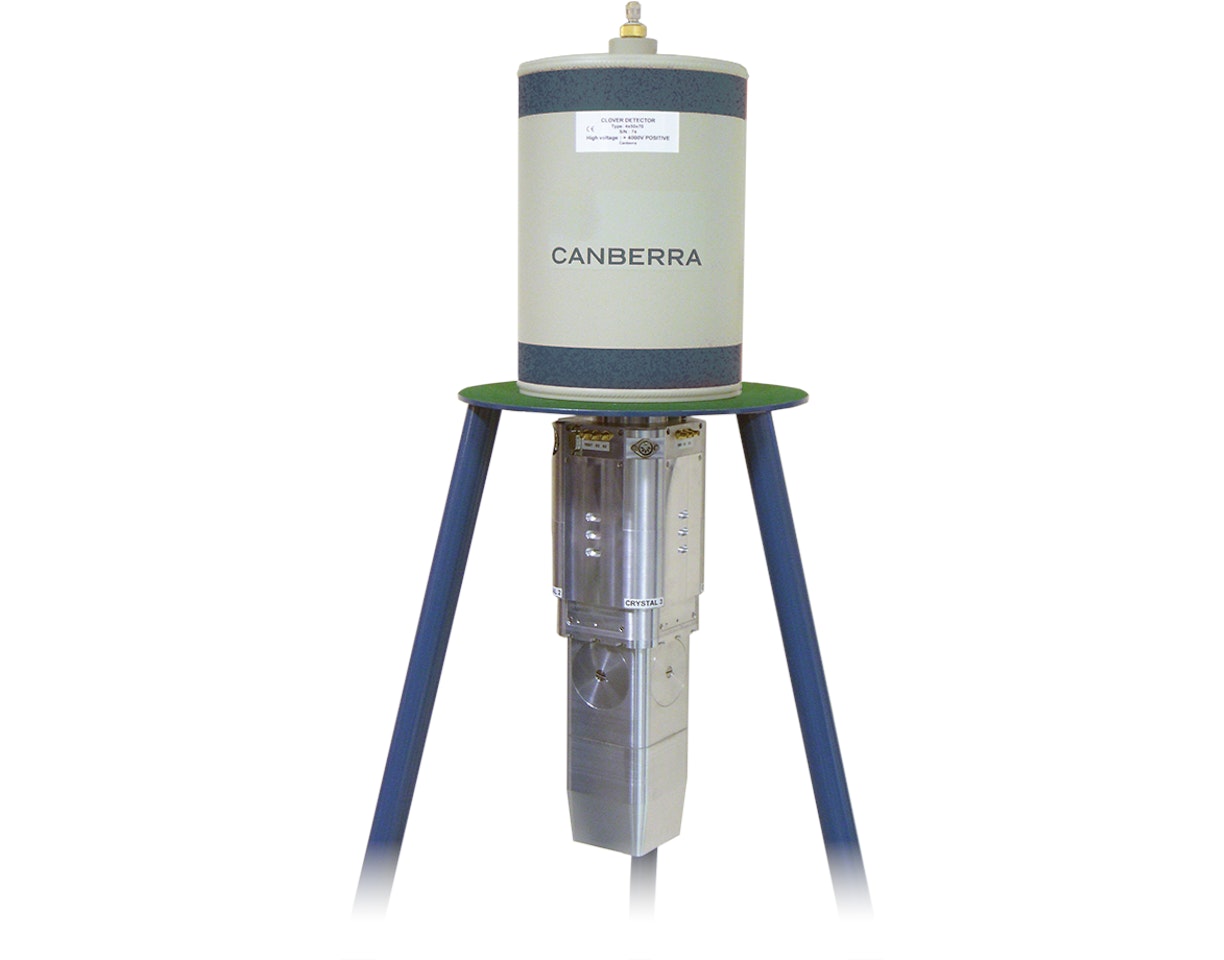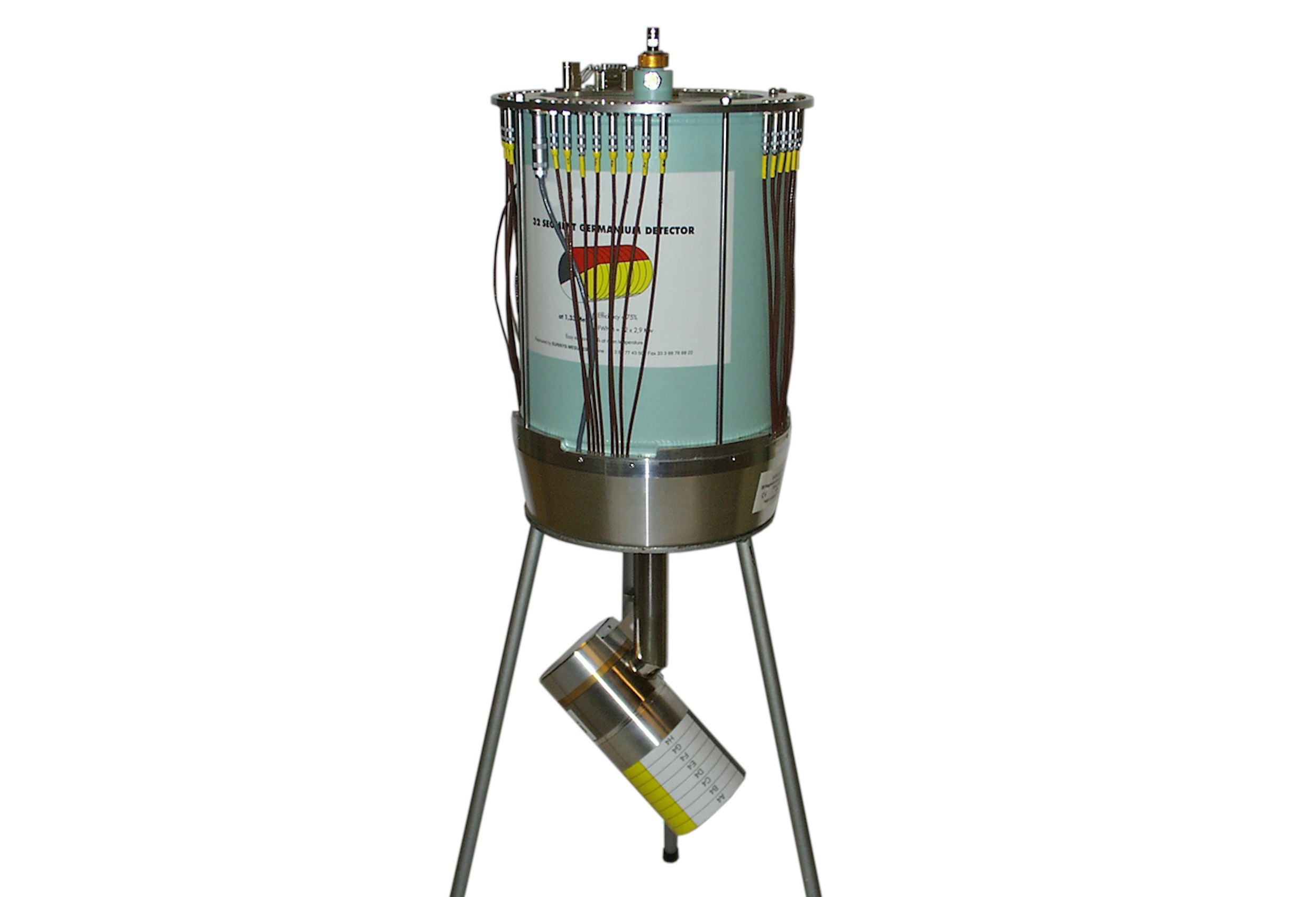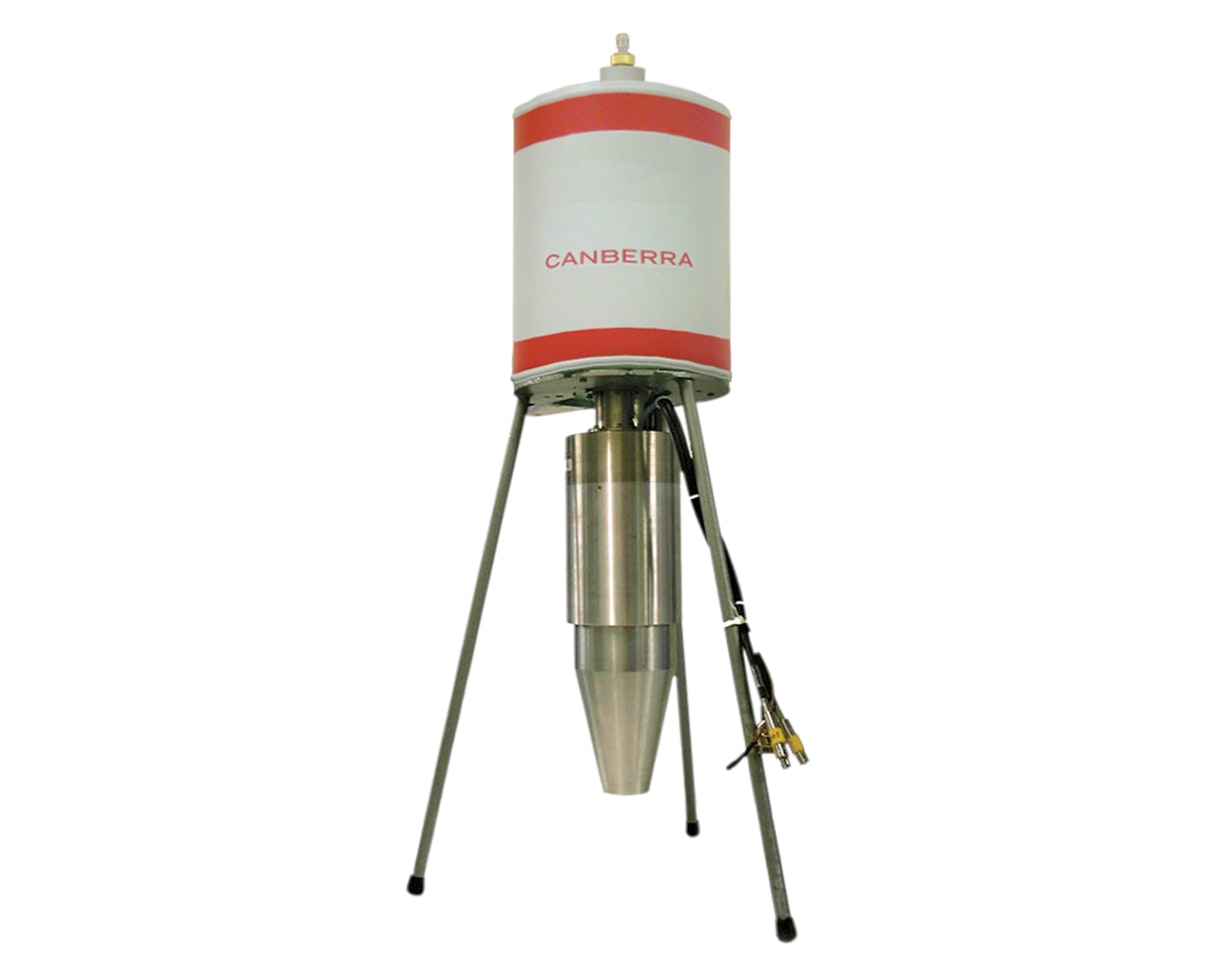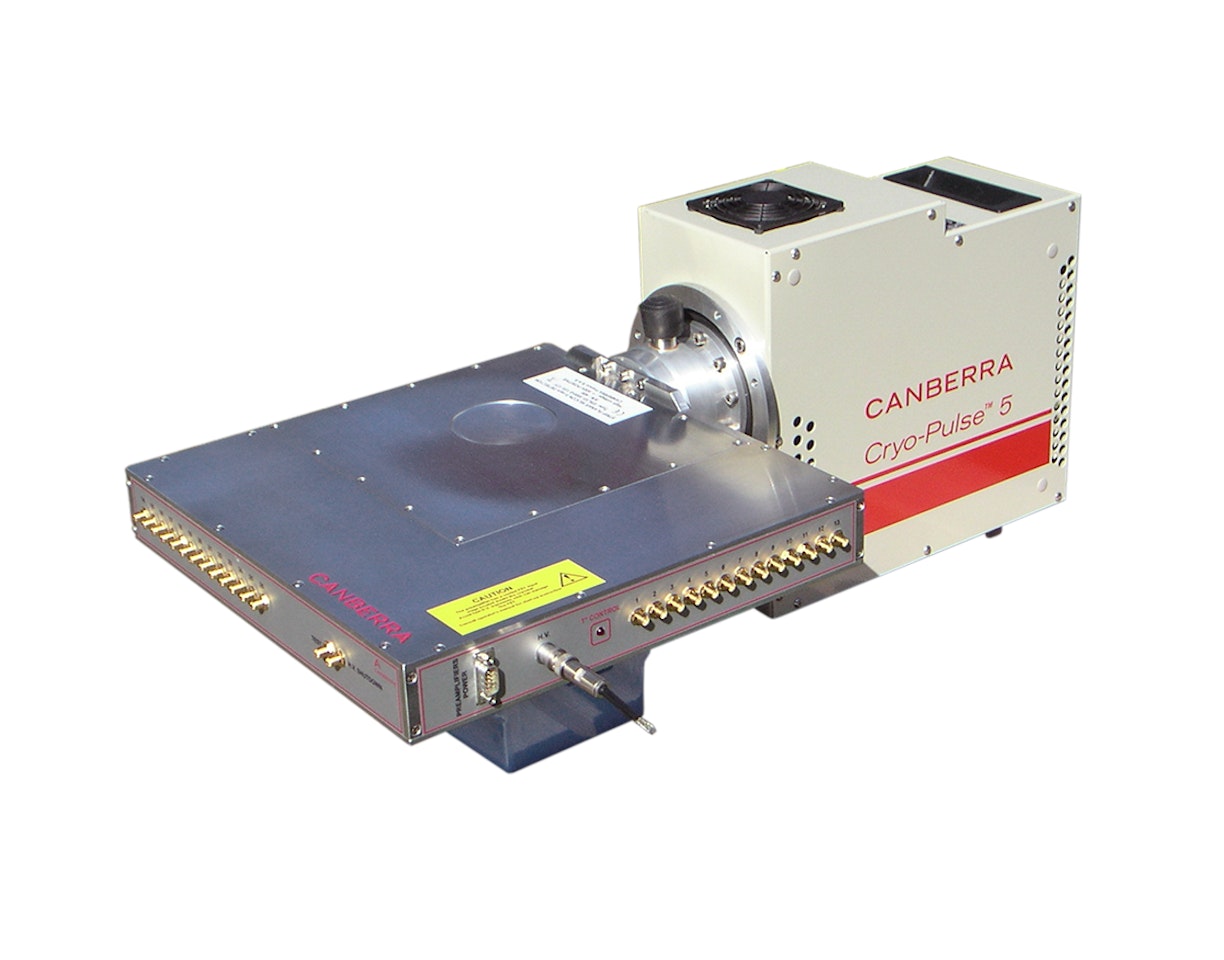Description
The Mirion Segmented Coaxial HPGe Detectors employ segmentation techniques available on planar detectors since the eighties (see Gutknecht et al NIM A288 (1990) 13-18) to provide high quality information signals from each detector cell (segment), while taking advantage of the total detection volume (as available with usual coaxial detectors.
The segmented coaxial Germanium offers, in addition to the characteristics of coaxial detectors (High efficiency and excellent resolution), the potential for excellent granularity.
Granularity of segmented coaxial detectors qualifies the number of independent cells constituting this detector. Longitudinal and transversal crystal segmentation in two or four drastically increases the granularity (up to 36 output channels are possible).
Such detectors allow an important reduction of gamma ray broadening due to Doppler effect.
Moreover, the use of internal and external contacts of the crystal (in case of detector segmentation) provides interaction position information:
- Vertically and transversally by analyzing signals induced by mirror charges
- Radially, by performing a pulse shape analysis
Accurate location of the interaction points allows not only reduction of the Doppler broadening, but also gamma ray tracking.
The external contact of a detector can be longitudinally or transversally segmented without dead zone generation. All segmentations are possible, on the front side (like a checker-board for example) and laterally (in one or two directions).
For a given n-segment detector, n+1 preamplifiers are used: one for each external segment plus one for the central contact. This design allows a better use of the full detection volume by AC coupling.
Segment separation is such that no cross-talk effect occurs between consecutive channels.
Applications
- Nuclear physics:
- Doppler effect correction (see also CLOVER™ detectors, Encapsulated detectors and Strip detectors)
- Multiple site energy deposit and β decay suppression
- Polarimetry
- Tracking (see also Encapsulated and Strip detectors)
- Compton cameras: Gamma ray sources location
- Compton suppression






